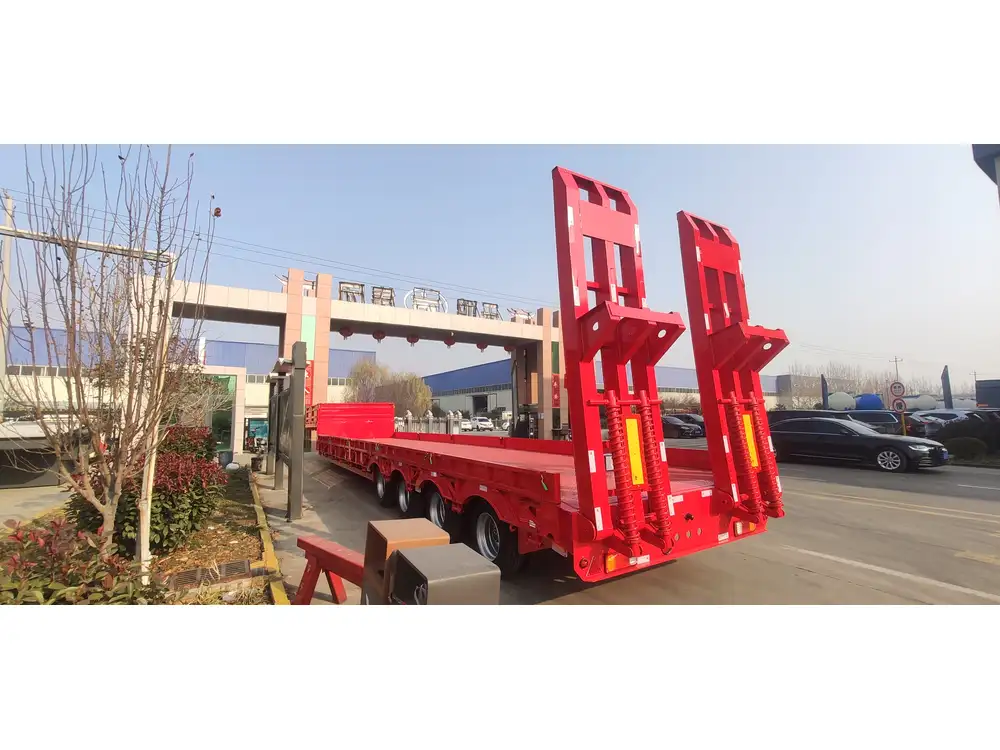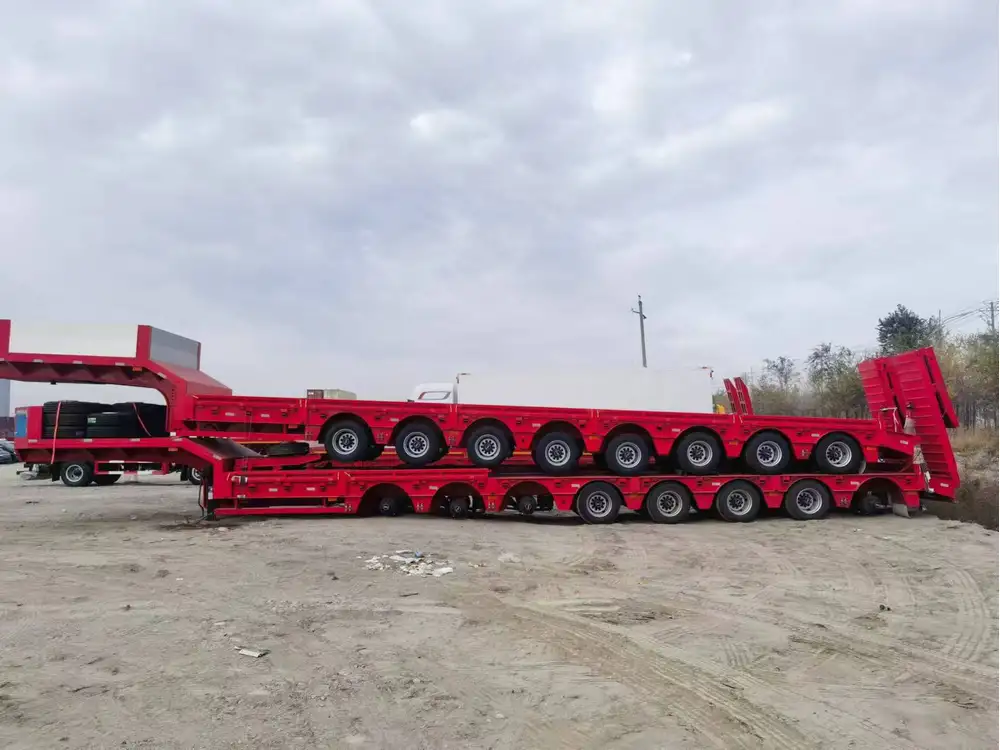When it comes to the logistics and transportation industry, the maintenance and operational efficiency of semi-trailers can make or break the functionality of a fleet. One critical aspect that often goes overlooked is the proper technique of securing the axle on a semi-trailer. This guide delves into the various methods, tools, and best practices to ensure that your semi-trailer operates smoothly and safely.
Understanding Axle Importance in Semi-Trailers
The Role of the Axle
The axle acts as the backbone of any semi-trailer, playing a pivotal role in:
| Function | Description |
|---|---|
| Load Distribution | Ensures even weight distribution across all wheels. |
| Stability | Provides essential stability during transportation. |
| Safety | Reduces the risk of accidents caused by axle failure. |
Maintaining the axle correctly not only prolongs the life of the trailer but also safeguards cargo and ensures compliance with transport regulations.

Different Types of Axles
Before diving into securing methods, it’s essential to know the types of axles:
- Single Axle: Used in lighter loads, ideal for small trailers.
- Tandem Axle: Standard in most semi-trailers, providing increased load capacity.
- Tridem Axle: Used for heavy loads requiring extra support.
- Four-axle and Multi-axle Configurations: Typically for oversized or specialized loads.
Each type has its unique requirements and approaches to tying them up.
Essential Tools and Equipment
To effectively tie up the axle on a semi-trailer, you will need to have specific tools on hand:
| Tool | Description |
|---|---|
| Ratchet Straps | Secure cargo as well as the axle. |
| Wheel Chocks | Prevent movement when parked. |
| Tire Pressure Gauge | Ensures optimal inflation for axle safety. |
| Torque Wrench | Ensures the proper tightness of bolts. |
Having the right tools not only ensures efficiency but also upholds safety standards during transport.
Step-by-Step Process of Tying Up the Axle

Step 1: Preparation and Inspection
Before tying up the axle, inspect the trailer and axle for any signs of wear or damage. This includes checking the:
- Tires: Ensure they are properly inflated and free from defects.
- Brakes: Verify that the brakes respond appropriately.
- Suspension: Look for signs of wear and ensure it is functioning properly.
Step 2: Positioning
- Park on Level Ground: Ensure that the trailer is on stable, level ground before the operation begins.
- Engage the Parking Brake: This is crucial to prevent any movement during the tying process.
Step 3: Using Ratchet Straps
Select the Right Straps: Choose ratchet straps that are rated for the weight of your trailer.
Attach the Ratchet Straps:
- Anchor Points: Locate the designated anchor points on the semi-trailer.
- Thread the Straps: Thread the strap through the axle and back to the anchor point.
- Tighten Securely: Use the ratchet to tighten the straps while ensuring even tension.
Check for Security: Jerk on the straps lightly to ensure they are tight and secure.

Step 4: Chocking the Wheels
- Select Appropriate Chocks: Choose wheel chocks suitable for your axle type and weight.
- Place the Chocks: Position one chock in front of the trailer wheels and one behind to secure the trailer effectively.
Step 5: Final Checks
- Inspect the Setup: Ensure that the axle and tires appear level and secure.
- Test Drive (if applicable): If on a manageable ground, a slow test drive may help identify any insecure fittings.
Best Practices for Axle Maintenance
- Regular Inspections: Schedule consistent inspections to detect potential issues early.
- Routine Lubrication: Ensure moving parts, such as bearings, are adequately lubricated.
- Monitor Tire Pressure: Keeping tires properly inflated reduces wear.

Troubleshooting Common Axle Issues
Uneven Tire Wear
- Causes: Misalignment, improper inflation.
- Solutions: Check alignment, regularly monitor and adjust tire pressure.
Excessive Noise from Axles
- Causes: Worn-out bearings or suspension issues.
- Solutions: Inspect components, replace damaged parts immediately.

Axle Overheating
- Causes: Low lubrication levels or overloaded axles.
- Solutions: Regularly check for proper oil levels and avoid overloading.
Safety Considerations
Personal Protective Equipment (PPE)
While working on semi-trailers, always ensure the use of appropriate PPE. This includes:
- Steel-toed boots
- Gloves
- High-visibility vests

Regulatory Compliance
Adhering to local and federal guidelines for axle maintenance ensures compliance and reduces liabilities. Familiarize yourself with:
- Department of Transportation regulations
- State-specific freight and transport guidelines
Conclusion: Keeping Your Axle Secure
Securing the axle on a semi-trailer is not just a matter of routine maintenance; it’s a vital process that ensures safety, compliance, and efficiency in transport operations. The complexities and potential issues linked to axle management necessitate a proactive approach, from regular inspections to the correct usage of tools.
As semi-trailer manufacturers, our commitment is to provide insights and best practices that not only facilitate operational efficiency but also enhance safety across the board. By applying the steps outlined in this guide, we empower drivers and fleet operators to achieve optimal performance and mitigate risks associated with axle mismanagement.
If you’re looking for further guidance or assistance in optimizing your semi-trailer operations, don’t hesitate to reach out for expert consultation.



